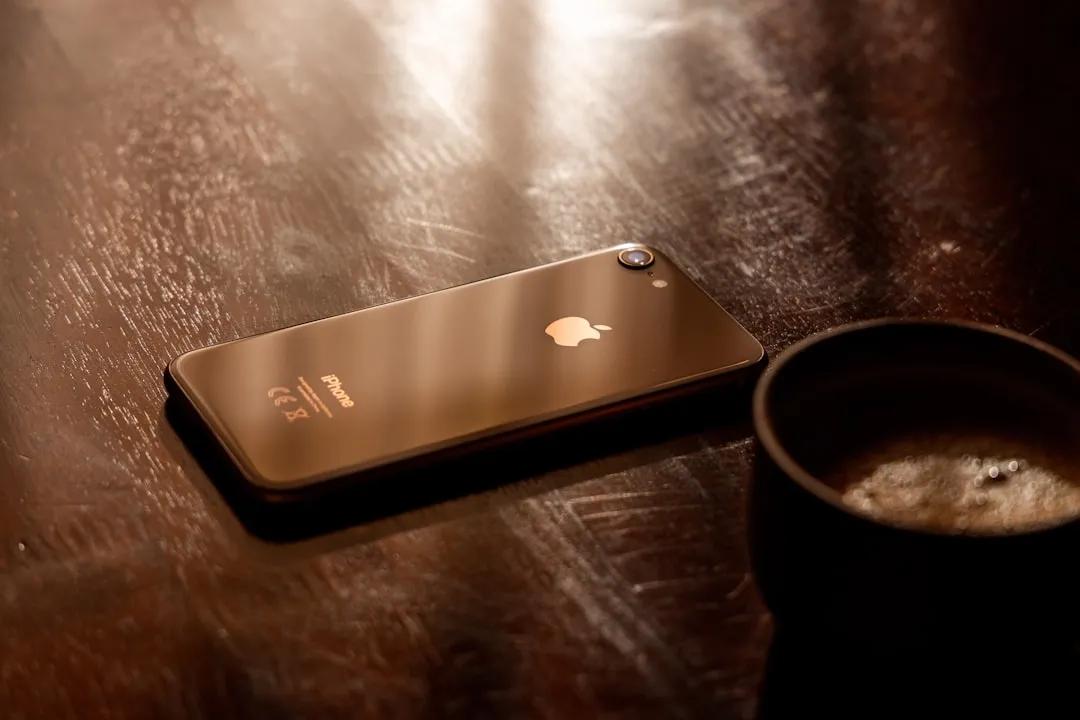The final developer version of iOS 11 was leaked a few days ago, but Apple quickly stopped signing it so nobody else could install it. With Apple's Sept. 12 event now over, the Golden Master (GM) version of iOS 11, the same version that will be released to everyone around Sept. 19, is available to install again — and anyone can get it.
Last year, Apple released the Golden Master candidate version of iOS 10 to public beta users the day after the Apple event. And this year, they did the same thing. So just join the Apple Beta Software Program and install the iOS 11 beta (if you haven't already). If you're just installing it, it should already be the GM version. If you are already on the public beta, then go to "Software Update" in Settings –> General to get it.
If you're already on the iOS 11 developer beta, just check "Software Update" in Settings –> General to receive the GM version. It was released immediately following the Sept. 12 event.
While the above two methods are by far the easiest, you could also choose to go the iTunes route and use the IPSW file to update your devide to the iOS 11 GM edition. Just download the appropriate IPSW restore file below that matches your iOS device model. These links are straight from Apple, so they are absolutely safe to download and use for installation. They are pretty hefty files (most over 2.5 GB), so expect them to take a while to download.
- iPhone 7
- iPhone 7 Plus
- iPhone 6s, iPhone 6
- iPhone 6s Plus, iPhone 6 Plus
- iPhone SE, iPhone 5s
- iPad Pro (10.5-inch), iPad Pro (12.9-inch) (2nd generation)
- iPad (9.7-inch)
- iPad mini 4, iPad Air 2, iPad mini 3
- iPad Pro (9.7-inch)
- iPad Pro (12.9-inch)
- iPad Air, iPad mini 2
- iPod touch (6th generation)
With the correct file in hand, it's fairly simple to update your iPhone or iOS device to the iOS 11 GM edition. This method will not erase all of your photos, videos, data, etc., only update you to the iOS 11 GM.
- Open up iTunes on your Mac and make sure it is up to date (version 12.6.2.20).
- Connect your iOS device to your Mac with a functional cable. If you don't use a good quality cable, you may receive an error code or the installation may not complete.
- "Trust" the computer following the prompts in both iTunes and on your iOS device. You may need to input your passcode.
- Select the iOS device in iTunes when it appears.
- Back up your iPhone with iTunes (or iCloud) if you haven't done so already. If you have Health and Activity data from your iOS device or Apple Watch, you'll need to make an encrypted backup to retain that data. Also, make sure to create an archive iOS 10 backup, just in case you want to downgrade smoothly back to iOS 10.3.3.
- Hold the Option key down and click on the "Check for Update" button in iTunes.
- Select the restore image that you downloaded above, then click "Open" to begin installing it.
- Wait for iTunes to do its work. Your device should reboot and you'll need to activate it and follow the on-screen prompts to set it up.
And that's all there is to it. Go ahead and go to the App Store and update any apps that need it, then check out our roundup of iOS 11 features for iPhone to see all of the cool things you can do with your new iOS version.
- Follow Gadget Hacks on Facebook, Twitter, Google+, YouTube, and Instagram
- Follow WonderHowTo on Facebook, Twitter, Pinterest, and Google+
Cover photo by Justin Meyers/Gadget Hacks

























Comments
Be the first, drop a comment!